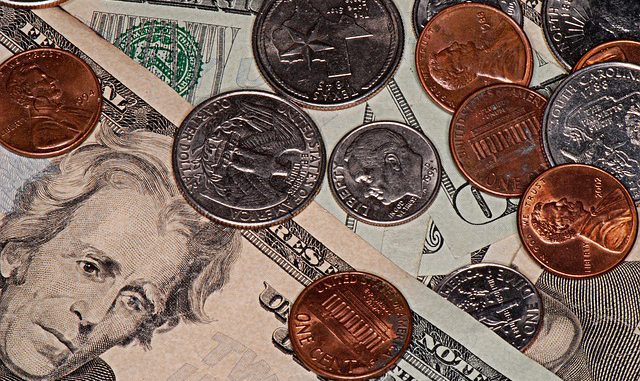
8 Interesting Facts About U.S. Currency
By Harrington A Lackey
You might find this list of facts about U.S. currency interesting and surprising. Currency is also known as “paper money” and “banknotes.” It has been used in our country for the last 250 years, and has a “note” worthy history.
1. Why are one dollar bills referred to as “bucks?” In the late 18th century, money was in such short supply that Americans would trade items they had. Buckskins were the most valuable commodity traded. Buckskins were in such demand that early Americans used them as the standard “currency.” A buyer would ask, “How many buckskins is that rifle worth?” Today, we say “bucks” as currency. One buck is one dollar.
2. What is a “sawbuck?” A “sawbuck” was a device to hold wood steady so that it could be cut. It was constructed in the shape of an “X”- a crossbar that held the wood log safely down. The ten-dollar bill was called a “sawbuck.” During and after the Civil War, the “ten” on the bill was printed as an “X”- Latin sign for the number “10”.
3. Why is U.S. currency green? The green ink used to print U.S. banknotes was invented in 1857 by Thomas Sterry Hunt, a chemistry professor. He proposed chromium trioxide for the banknote ink which causes the bills to look green. The green ink is the reason why so many counterfeiters are unsuccessful at reproducing U.S. currency and cannot be copied by photography. Also, the green ink also cannot be destroyed by acid, base or any other agent.
4. No African-American has ever had their portrait on any American banknote. A rumor has been in the news that Harriet Tubman’s portrait will replace Andrew Jackson on future 20 dollar bills.
5. By 2020, Alexander Hamilton’s portrait on the $10 bill will be replaced by a woman. So far, nobody knows who it will be.
6. In 1928, all of the statesmen whose portraits are on the $1-George Washington, $5-Abraham Lincoln, $10-Alexander Hamilton, $20-Andrew Jackson, $50-Ulysses S. Grant, and $100-Benjamin Franklin are still on these bills.
7. If you had one million one-dollar bills, and you spent one dollar every minute, you would go broke in 695 days. If you spent a dollar every second, you would be broke in 11 days.
8. There has only been one female’s portrait on a U.S. banknote- Martha Washington. She appeared on the face of the $1 Silver Certificate, Series 1886 and 1891, and on the back of the $1 Silver Certificate, Series 1896.
Paper money has had a rich history in our American economy. It is also a fascinating topic for conversation. I hope these facts will be interesting enough to talk about with your friends or family.








